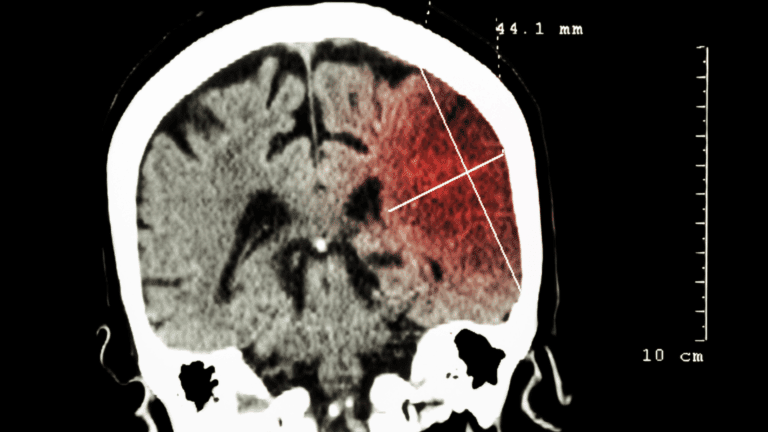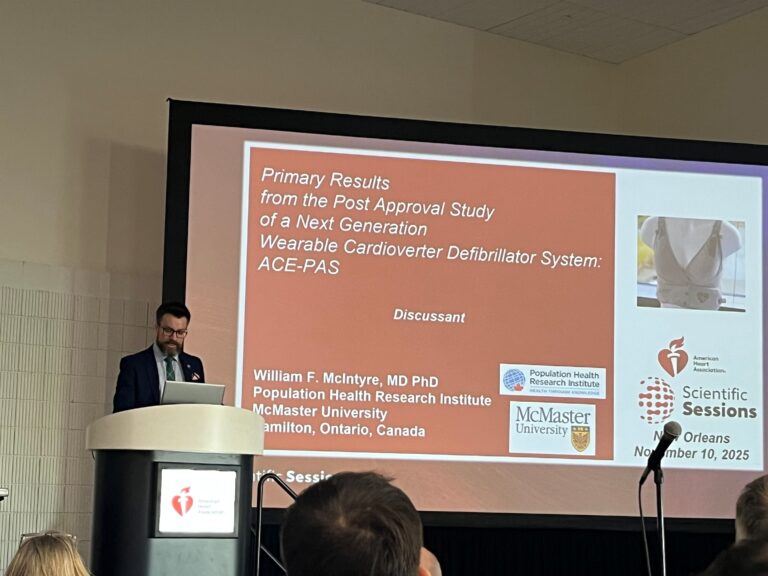
Guillaume Paré
PHRI is uniquely advantaged by having the CRLB-GMEL support genetic and biomarker testing for our studies through the lab’s technology and expertise.
But the lab is much more than a state-of-the-art molecular testing facility expertly operated by technicians and data scientists.
The CRLB-GMEL also contains a cadre of researchers pushing the boundaries on how the field analyzes genes.
Captained by lab director, PHRI Senior Scientist Guillaume Paré, scientists at the CRLB-GMEL are innovating processes and tools that increase the efficiency of vital processes such as whole genome sequencing.

Michael Chong
“A key part of the lab’s mission focuses on method innovation,” says Michael Chong, Assistant Director, CRLB-GMEL, a bioinformatician at the lab for years before his recent move to a more senior role.
Some of the CRLB-GMEL’s recent successes in method innovation:
- Building a tool called “AutoMitoC” – a robust pipeline for scientists to derive mitochondrial DNA copy number (mtDNA-CN) from genotyping arrays that works across ancestries, enabling researchers all over the world to quantify mtDNA-CN (eLife, Jan. 2022, first author: Michael Chong).
- Developing the new method, “RV-EXCALIBER” (Rare Variant – EXome CALIBration using External Repositories), to aggregate and robustly calibrate the effect of rare variant burden across many risk genes. (Nature Communications, Oct. 2021, first author: PhD student Ricky Lali).
Gui Paré and his trainees have a history of innovating lab methods:
- Former PhD student, Jennifer Sjaarda, developed a framework to quantify the extent to which genetic ancestry influences levels of blood biomarkers (American Journal of Human Genetics, 2020).
- PhD candidate Pedrum Mohammadi-Shemirani developed a novel technique that combines genetics and proteomics data to identify diagnostic disease biomarkers (Clinical Chemistry, 2019).
- Gui Paré pioneered a machine-learning based framework to optimize predictiveness of genetic risk scores – work which led to a patent (Nature: Scientific Reports, 2017).
Stay tuned for more exciting research coming out of the CRLB-GMEL lab!



